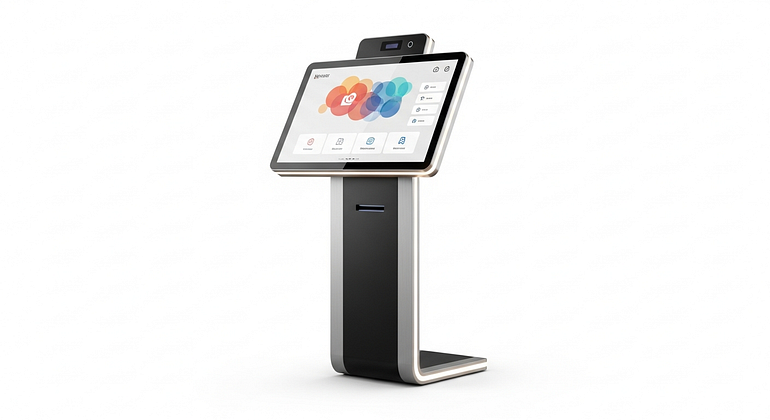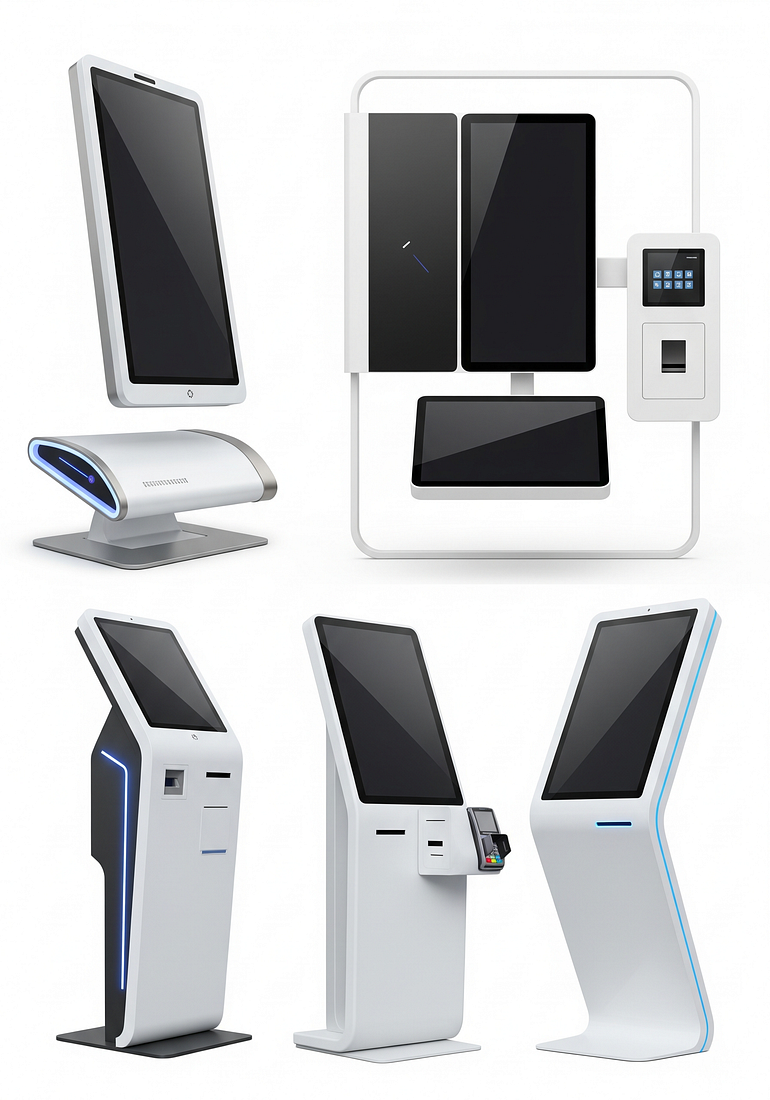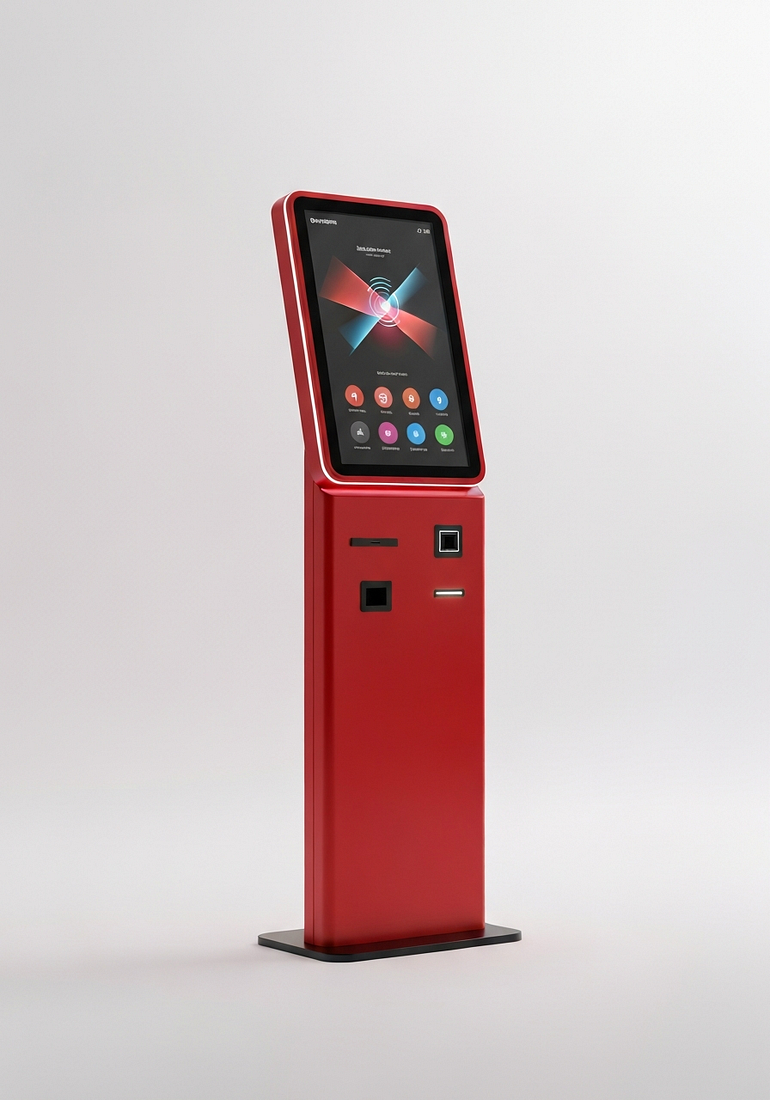10 Ways a Kiosk Machine Can Transform Your Business in 2025
Wiki Article

If you’ve ever checked in at an airport, ordered at a fast-food counter, bought a movie ticket, or registered at a hospital, you’ve already used a kiosk machine. These self-service stations are becoming a normal part of everyday life. But in 2025, kiosk machines are not just basic touch screens. They are smarter, faster, touchless, AI-powered, and fully connected to modern business systems. This shift means kiosks are no longer only for big brands; small and mid-sized businesses can now use them to save time, reduce costs, and improve service. A kiosk machine is simply a self-service touch screen station where customers can order, pay, check in, or get information without waiting for staff. In this article, you’ll discover 10 powerful ways a kiosk machine can transform your business in 2025 and why now is the right time to consider adding one.
What Is a Kiosk Machine and Why It Matters in 2025
Simple Definition of a Kiosk Machine
A kiosk machine is a small, self-service station with a digital screen — usually touch, sometimes voice-enabled — connected to software and a payment system. Customers use kiosks to order food, buy tickets, check in at clinics, print passes, or get information in malls and airports. It’s a simple tool that lets people complete tasks on their own, quickly and accurately.
Why Kiosks Fit Customer Expectations in 2025
Customers in 2025 expect fast, smooth, and contactless service. Digital wallets like Apple Pay and Google Pay, QR codes, and mobile check-ins are now completely normal. People want control over how they order or register, and they don’t want to wait in long lines.
10 Powerful Ways a Kiosk Machine Can Transform Your Business in 2025

1. Cut Wait Times and Serve More Customers Per Hour
Kiosks are designed to speed up service. Instead of waiting for a single staff member to handle everyone, multiple customers can use several kiosks at the same time. This reduces lines dramatically. Restaurants, clinics, salons, and gyms can move customers faster, complete more daily transactions, and deliver a smoother overall experience. Shorter waits equal happier customers and more revenue.
2. Boost Sales With Smart Upsells and Add-Ons
A smart kiosk never forgets to upsell. Whether it’s extra toppings, combo upgrades, accessories, drinks, or service add-ons, kiosks suggest relevant items every time. Customers feel in control because the suggestions appear naturally on the screen. Businesses often see higher average order values because kiosks recommend items consistently without being pushy.
3. Lower Labor Costs Without Hurting Customer Service
Kiosks handle repetitive tasks like taking orders, checking in guests, generating queue numbers, and printing tickets. This frees staff to focus on higher-value activities like food prep, stocking, or personalized customer help. It also reduces stress during staffing shortages. Kiosks don’t replace staff entirely — they help a smaller team accomplish more with less pressure.
4. Reduce Order Errors and Improve Accuracy
When customers select their own items on the screen, mistakes drop. There are no misheard orders or rushed inputs. Every choice is clear and confirmed visually. This accuracy reduces refunds, prevents wasted ingredients or products, and eliminates conflicts caused by incorrect orders. Businesses benefit from smoother operations and better customer satisfaction.
5. Offer 24/7 Self-Service Without Keeping the Whole Store Open
Kiosks allow businesses to serve customers even after hours. Hotels can run late-night check-ins, restaurants can allow order pickups, and gyms can manage member access. A kiosk placed in a lobby or pickup area can handle essential tasks without a full team on shift. This helps capture early-morning or late-night traffic without extra staffing costs.
6. Give Customers More Control and Privacy
Many customers prefer to move at their own pace. Kiosks let them browse menus, change options, or enter personal information without speaking aloud. This is especially helpful in clinics and government offices where people may share sensitive information. It also supports customers who speak different languages, because kiosks can offer multi-language support.
7. Collect Better Customer Data for Smarter Decisions
Kiosk software tracks valuable insights such as best-selling items, items customers skip, peak hours, and ticket sizes. Businesses can use this data to improve menu design, adjust pricing, prepare for busy times, or launch targeted promotions. The data helps leaders make confident decisions based on real behavior, not assumptions.
8. Run Digital Menus, Promos, and Prices in Real Time
A kiosk screen doubles as digital signage. Businesses can instantly update promotions, prices, or limited-time offers across all kiosks. This eliminates cost and delays from printing menus or posters. It also helps move slow-selling items faster or highlight seasonal products with zero waste.
9. Support Contactless, Secure Payments in One Place
Modern kiosks support tap-to-pay cards, UPI, NFC, digital wallets, and even BNPL services. This gives customers flexibility and builds trust. Integrated, secure payment systems reduce the need for cash handling and speed up checkout. A single, seamless payment process also improves operational consistency.
10. Make Your Brand Look More Modern and Tech-Friendly
A clean, well-designed kiosk immediately makes your business feel more modern. With branded screens, clear steps, and accessible interfaces, customers see your business as professional and future-ready. Younger customers appreciate the convenience, while older customers enjoy the clarity and control. Over time, this upgrades your brand image and strengthens loyalty.

How to Decide If a Kiosk Machine Is Right for Your Business in 2025
Key Questions to Ask Before You Invest in a Kiosk
Before adding kiosks to your business, ask yourself:
- Do you frequently experience long lines or slow check-ins
- Are staff overwhelmed with repetitive tasks?
- Do customers ask for faster or contactless options?
- Can your current POS or booking system integrate with a kiosk?
- Do you have enough space to place one or two kiosks?
- Are peak hours causing delays or stress for staff and customers?
If the answer is yes to most of these, kiosks can bring direct improvements.
Start Small, Test, and Learn From Customer Feedback
It’s best to begin with one or two kiosks. Train staff to introduce customers to them. After a few weeks, analyze key metrics like wait times, order values, speed, and customer reactions. Adjust screen layouts, menus, or placement based on real feedback. A small, well-tested start ensures long-term success with minimal risk.
Conclusion
In 2025, kiosk machines are no longer optional — they are a practical tool that helps businesses work smarter. They improve speed, accuracy, and customer satisfaction while reducing workload and operational costs. With benefits like faster service, higher sales, better data, and a stronger brand image, kiosks can transform small and mid-sized businesses across food service, healthcare, retail, and hospitality. If you have an area in your business where delays or customer queues are common, imagine how a kiosk could simplify that process. A thoughtful investment today can help your business stay competitive, modern, and ready for the future.
FAQs
1. What is a kiosk machine?
A kiosk machine is a self-service digital station where customers can order, pay, check in, or get information without assistance from staff.
2. Which industries benefit most from kiosk machines?
Restaurants, retail stores, hospitals, government service centers, telecom stores, gyms, hotels, and airports benefit significantly from kiosks.
3. Are kiosk machines expensive to maintain?
Maintenance costs are low. Most kiosk providers offer software updates, security patches, and remote support.
4. Can kiosks work with my existing POS system?
Yes, modern kiosks are designed to integrate with popular POS, ERP, ticketing, and booking systems.
5. Do customers prefer kiosks over staff?
Many customers enjoy kiosks because they are faster, private, and offer more control. Staff remain available for complex or personal support.
6. Is a kiosk suitable for a small business?
Absolutely. Kiosks are now affordable and scalable, making them ideal for small and medium businesses in 2025.